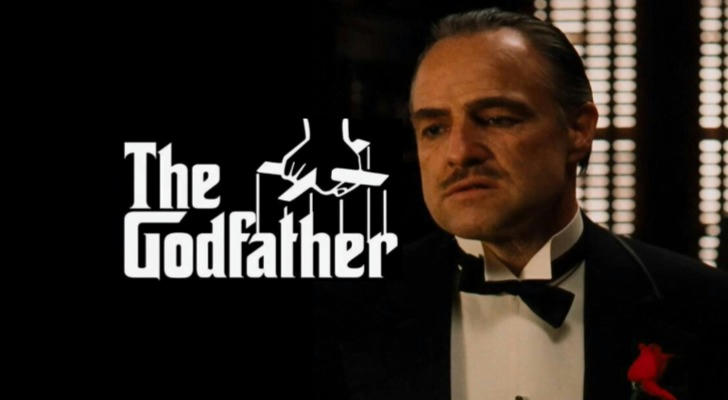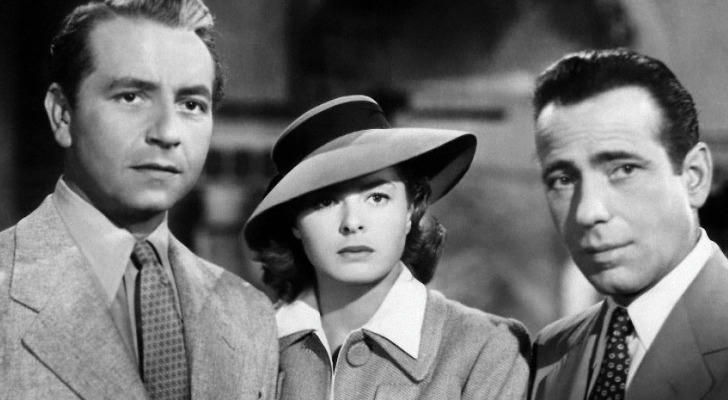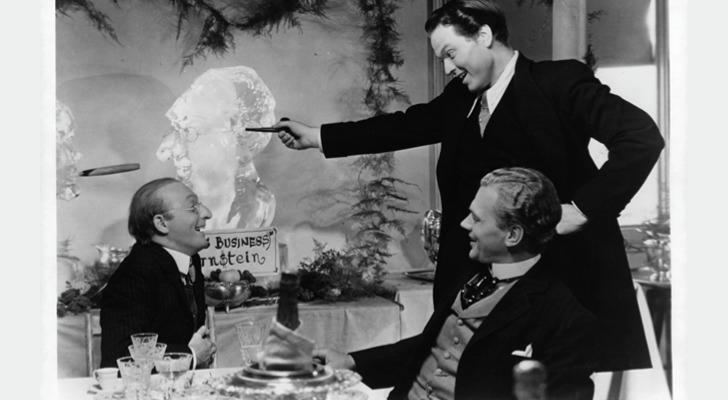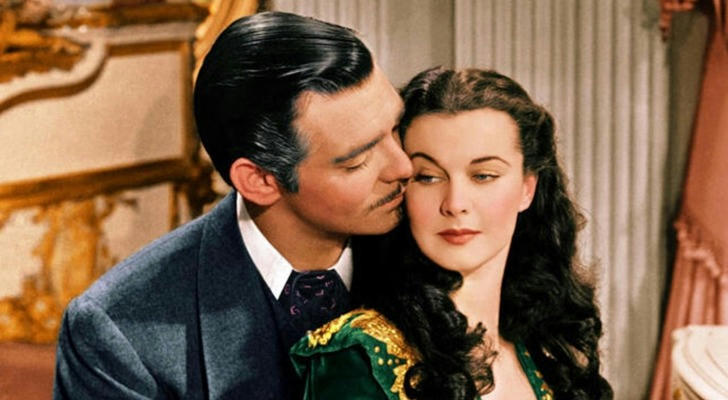The Top 5 Classic American Films That Defined Cinema
The golden age of American cinema produced films that have significantly shaped both the industry and popular culture. These movies have unforgettable stories and innovative techniques that changed how we view films. Here, we explore five classic American films that continue to connect with audiences today.
1. The Godfather (1972)

The Godfather, directed by Francis Ford Coppola and based on Mario Puzo's novel, is often considered one of the greatest films ever made. The story revolves around the Corleone family, an Italian-American mafia clan led by Don Vito Corleone (Marlon Brando).
The film explores themes of loyalty and power, revealing the complexities of organized crime.A powerful moment occurs when Michael Corleone (Al Pacino), initially an outsider, is pulled into the family's violent world after an assassination attempt on his father. This change highlights the conflict between personal morals and family loyalty. Iconic lines like “I’m gonna make him an offer he can’t refuse” have become part of popular culture. Martin Scorsese noted that the film has had a lasting impact on how we tell crime and family stories.
2.Casablanca (1942)

Set during World War II, Casablanca follows Rick Blaine (Humphrey Bogart), an American who must choose between love and duty. The film is famous for its memorable quotes, including "Here's looking at you, kid." It also explores themes of sacrifice and redemption. Rick navigates his feelings for Ilsa Lund (Ingrid Bergman) while facing the moral dilemmas of war.The emotional climax happens when Rick decides to let Ilsa go, prioritizing her safety over his love for her. This poignant decision resonates with viewers, making Casablanca a timeless exploration of love and moral choices.
3.Citizen Kane (1941)

Orson Welles' Citizen Kane is often seen as a groundbreaking film in storytelling and cinematography. The story follows Charles Foster Kane, a wealthy newspaper magnate, as he reflects on his life and the choices that led to his isolation. The film opens with Kane's death and the mysterious last word, "Rosebud," prompting a journalist to uncover its meaning.Welles uses innovative techniques like deep focus and non-linear storytelling to reveal Kane's complex personality and the emptiness of his wealth. Many viewers find themselves reflecting on their own dreams and the sacrifices made to achieve them, making Citizen Kane a powerful cinematic experience.
4.Gone with the Wind (1939)

Directed by Victor Fleming, Gone with the Wind is an epic historical romance set during the American Civil War. The film follows Scarlett O'Hara (Vivien Leigh) as she deals with love and loss. Her tumultuous relationship with Rhett Butler (Clark Gable) shows the struggles of a changing society.While the film's portrayal of race has sparked controversy, its stunning visuals and dramatic score have made it a classic. For many viewers, Gone with the Wind evokes nostalgia and complex emotions about love and resilience during difficult times.
5.Psycho (1960)

Alfred Hitchcock's Psycho changed the horror genre with its shocking twists and psychological depth. The film follows Marion Crane (Janet Leigh), who encounters the mysterious Norman Bates (Anthony Perkins) at a secluded motel. The infamous shower scene is a standout moment that showcases Hitchcock's skill in building suspense.Audience reactions to Psycho often reveal how the film challenges ideas about identity and morality. Its thought-provoking themes continue to inspire filmmakers and thrill audiences.
Enhancing Your Viewing Experience
If you're interested, here are some tips to help you enjoy classic films:
1.Research the Historical Context: Understanding the time period when a film was made can deepen your appreciation for its themes and messages.
2.Engage with Others: Discussing films with friends or family can enhance your understanding and enjoyment. Consider hosting a movie night where everyone shares their thoughts.
3.Create a Viewing Schedule: Plan a classic film marathon, dedicating a weekend to watch these movies. This can create a shared experience and foster discussion.
4.Write Reflections: After watching, take a moment to jot down your thoughts on the film's themes and characters. This practice can help you connect more deeply with the material.
5.Explore Film Analysis: Look for articles or videos that analyze these films. Understanding different perspectives can enrich your viewing experience.
By following these recommendations, you can better appreciate these iconic films and understand their lasting impact on cinema and culture. Let’s celebrate the legacy of classic movies and the insights they offer into our lives!
